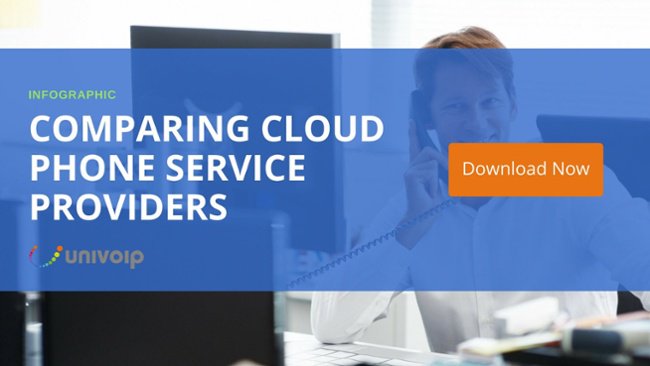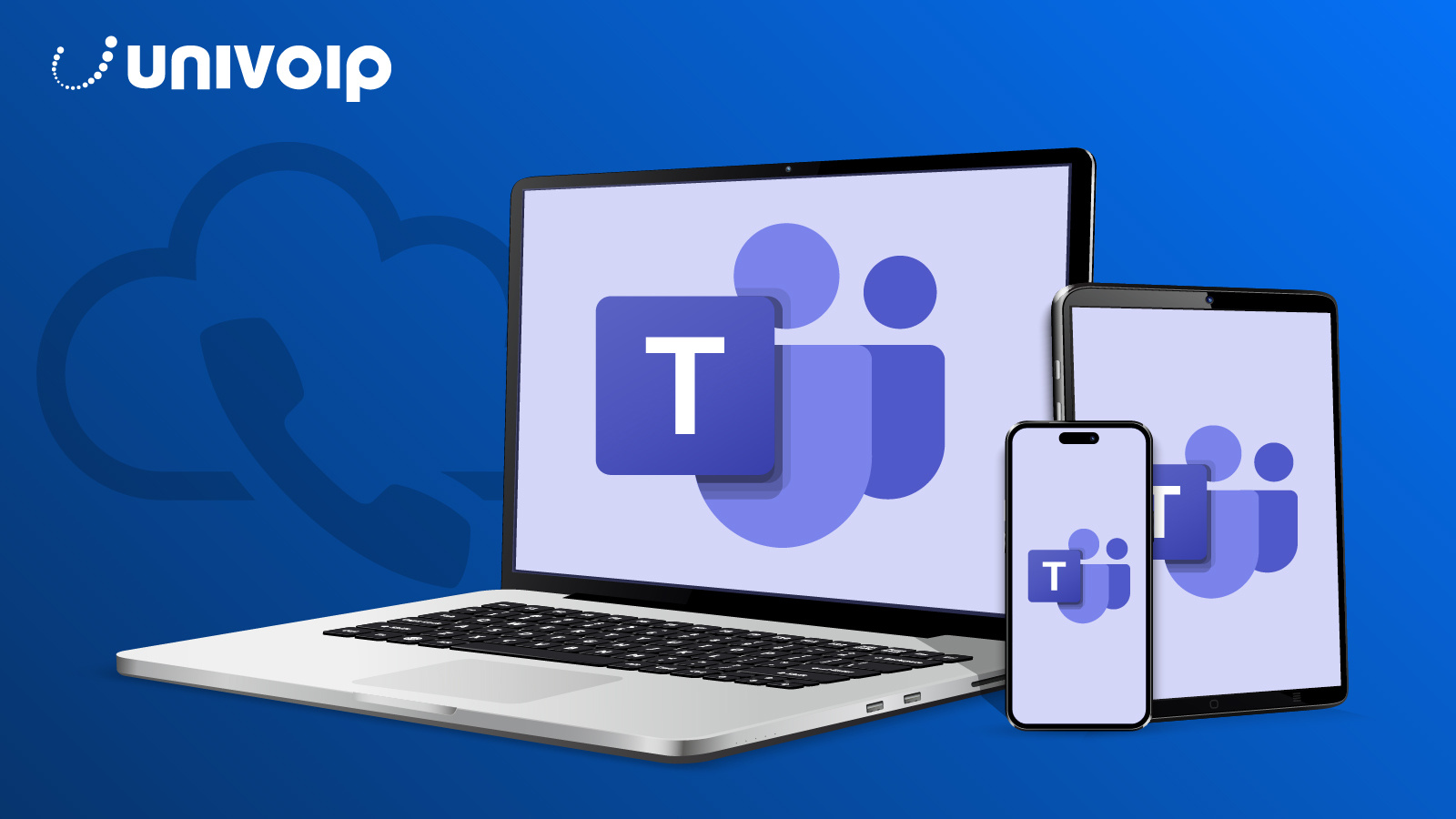The Choice is Clear. There is Significant Cost Benefits to Selecting Business VoIP
When VoIP was first introduced into the business world, many were skeptical and feared the functionality was far greater than what their office needed. Inevitably, many believed that this meant higher costs associated with more features that they weren’t going to use nor need any time soon. This lead small to medium businesses into a denial that VoIP wasn’t the right fit for them and would cost an arm and a leg for even the simplest of an upgrade.
The truth of the matter is, even if a business doesn’t need advanced functionality, it still stands to benefit from switching over strictly from a cost advantage perspective. So to make matters even better, not only does a company save money, the advanced functionality will always be there depending on unique needs and growth. The solution scales with company growth, but the cost does not. So when a business is growing exponentially, VoIP makes it easy and cost-less to scale, where as an on premise infrastructure may stunt growth or require a fortune to expand.
Upfront, Implementation and Ongoing Fees
When we look at it from an upfront expenditure perspective, the installation or upgrade for a traditional phone system can cost anywhere from $500 – $2,000 per user, making on premise PBX inherently more expensive during implementation. Not only that, with traditional phone systems, there are ongoing usage, maintenance and new feature fees that quickly add up to fluctuating monthly expenses.
However, with VoIP, maintenance, customer service, feature enhancements and upgrade fees are all rolled into one monthly subscription plan – leaving businesses with controlled and predictable monthly expenses. So other than VoIP removing the headache of dealing with continuous fluctuating costs, any changes done to the system can be done on the fly and without unexpected fees.
Mobility and Operating Expenses
From a mobile perspective, we live in a world where businesses are adopting more technology that allows for complete employee mobility – ultimately shrinking office spaces and leveraging telecommuting opportunities to reduce operational expenses. This significant reduction in operational expenses is unparalleled as a traditional phone system just does not have the functionality to promote a productive mobile workforce.
Upgrading Outdated Equipment Costs
In reality, a traditional phone system consists of antiquated technology that is expensive to maintain, lacks modern features and typically becomes obsolete quickly. The traditional systems just do not experience the same kind of technological advancement nor nurturing of innovation that VoIP systems do. So what does this mean for businesses running on legacy phone systems? A lot of money being spent on continuous upgrades, changes, fixes and replacements (sometimes there are no replacements). With VoIP, technology is new, self-evolving and durable so that equipment is the last thing a business has to worry about when putting together their annual budget.




-1.jpg)